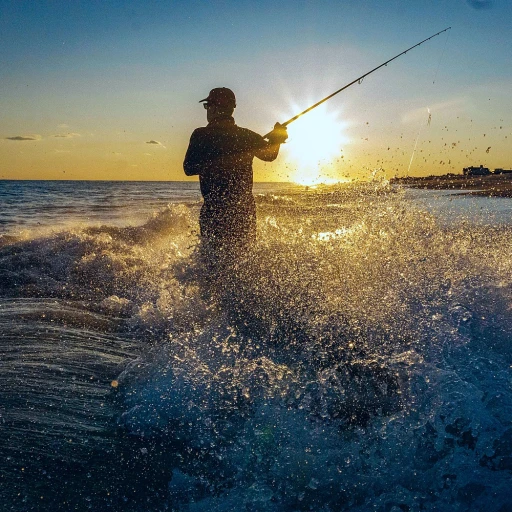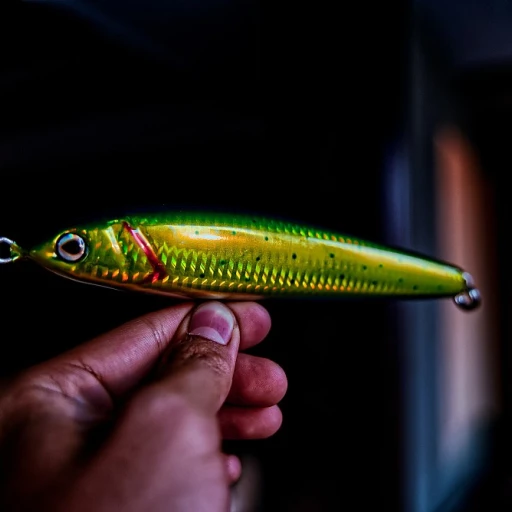The Role of Decoy Weights in Fishing
The Importance of Weight in Fishing Success
When it comes to fishing with decoys, understanding the importance of weights cannot be understated. These seemingly simple components play a crucial role in ensuring that your decoys sit correctly in the water, adding realism that can make or break a successful hunt. For those engaged in waterfowl hunting or duck hunting, the appropriate decoy weights are essential in achieving the desired presentation.
Whether you are using a Texas rig or more traditional setups, the choice of anchors and weights directly impacts the final outcome. Decoy weights not only anchor your decoys to avoid drifting due to wind or water currents but also contribute to the mimicry of natural movement, drawing hunting targets like ducks closer with a realistic approach.
Using the right weights ensures that you have better control over your decoy spreads – whether it be duck decoys for some serious duck hunting or waterfowl decoys in varied water conditions. Regular assessments of your needs and the environment you are operating in will guide you towards the most effective weights. It's a balance between size, material, and regular price that meets your specific hunting situations.
While considering the choice of decoy weights, factors like water depth, swell, and current come into play. The various options available, from traditional bank sinkers or egg sinkers to modern solutions, provide flexibility in configurations and adaptation to different fishing environments. To master decoy weight selection and understand their impact further, consider integrating methods and techniques explored in this comprehensive guide.
Types of Decoy Weights Available
Exploring Different Variants of Decoy Weights
When embarking on a waterfowl hunting or fishing adventure, understanding the various types of decoy weights can elevate your success rate. Decoy weights play a crucial role in effectively anchoring your decoys, ensuring they remain properly positioned. Here’s an overview of the common types available in the market:
- Egg Sinkers: A versatile option often used in both duck decoy setups and fishing. Their oval shape offers minimal resistance, allowing them to glide smoothly through water and easily anchor decoys.
- Bank Sinkers: Ideally suited for rough water conditions, these weights are heavier and provide strong anchoring power. This makes them perfect for waterfowl hunting in both lakes and rivers.
- Lead Strip Weights: Traditionally used for the texas rig decoy rigging technique, they are flexible and easily attach to decoy lines. Their adjustability allows for a more precise setting according to varying water conditions.
- Flat Disk Weights: Ideal for marsh and shallow water setups, they lie flat on the bottom, providing stable anchorage without unnecessary entanglement.
The prices of these decoy weights can vary based on material and brand. They are often available at a regular price but may differ based on weight and size requirements. Whether you're a new member of the hunting community or an experienced well member, selecting the right weight is essential to prevent mishaps and improve effectiveness.
While style and type are pivotal, consider your specific hunting decoy needs before purchase. Opting for the incorrect weight can affect reaction score and messages reaction rate, especially when dealing with the dynamics of different water bodies, like those found in Texas. Understanding these dynamics will aid in avoiding common missteps and ensuring a productive outing.
Choosing the Right Decoy Weights for Your Needs
How to Select the Ideal Decoy Weights for Your Setup
Choosing the right decoy weights can significantly enhance your fishing or waterfowl hunting experience, ensuring your decoys remain stable and effective in various conditions. With a multitude of options available, it can be challenging to make the best choice for your specific needs. Here are some key considerations to help you decide:
- Water Conditions: Consider the water type and current where you'll be using your decoys. Heavier weights, such as lead anchors or bank sinkers, are ideal for strong currents or windy conditions, as they offer more stability. For calmer waters, lighter options like egg sinkers may suffice.
- Species and Setup: Depending on the species you're targeting, different rigging styles and weights may be required. For duck hunting, a Texas rig might be preferable due to its ease of deployment and retrieval. Meanwhile, traditional decoy anchors might work better for other waterfowl species.
- Budget and Quality: Decoy weights come at varying price points, from budget-friendly options to premium products. While cheaper weights may initially seem appealing, investing in higher-quality products often provides better durability and performance.
- Material Considerations: Lead is a popular material due to its density and sinking ability. However, if environmental concerns are a priority, consider eco-friendly alternatives such as steel or composite materials.
Incorporating these factors into your decision-making will help ensure that your decoy rigging setup optimizes performance and aligns with your specific objectives. For more insights on equipment that could complement your fishing expeditions, visit the latest gear manual to explore what's new in the field.
Proper Usage and Techniques for Decoy Weights
Mastering the Art of Using Decoy Weights
Understanding how to properly use decoy weights can significantly impact your success in both fishing and hunting scenarios. Whether you are dealing with duck decoys for waterfowl hunting or using sinkers for fishing, the right techniques ensure that your decoys stay anchored effectively.
Setting Up Your Decoy Rigs
When setting up your decoy rigs, the type of weight you choose plays a crucial role. Options like the Texas rig or egg sinkers are popular due to their versatility and ease of use. For waterfowl hunting, decoy anchors must be positioned to allow for natural movement, mimicking real ducks or other game. This requires a balance between the weight and the length of the line used in your decoy rigging.
Adjusting for Water Conditions
Different water conditions will require adjustments to your setup. In calm waters, lighter weights may suffice, while rougher waters demand heavier decoy weights to prevent your setup from drifting. The regular price of weights can vary, but investing in a range of options allows for adaptability. This flexibility is key to ensuring your decoys perform well under varying conditions.
Techniques for Optimal Performance
Proper technique involves not just the selection of weights but also their placement and retrieval. For instance, when using a Texas style rig, ensure the weights are evenly distributed to maintain stability. Additionally, regularly check your decoy weights for wear and tear, especially if using lead or other materials prone to corrosion. This maintenance can prevent unexpected failures during crucial moments.
Common Pitfalls to Avoid
One common mistake is using the same weight for all conditions. As mentioned, adaptability is crucial, and being prepared with a variety of weights can make a significant difference. Another pitfall is not securing the weights properly, which can lead to lost decoys or ineffective setups. Always double-check your rig before heading out, ensuring all components are securely fastened.
By mastering these techniques, you can enhance your fishing and hunting experiences, making the most of your decoy setups. Remember, the right decoy weights and proper usage can be the difference between a successful outing and a frustrating day on the water.

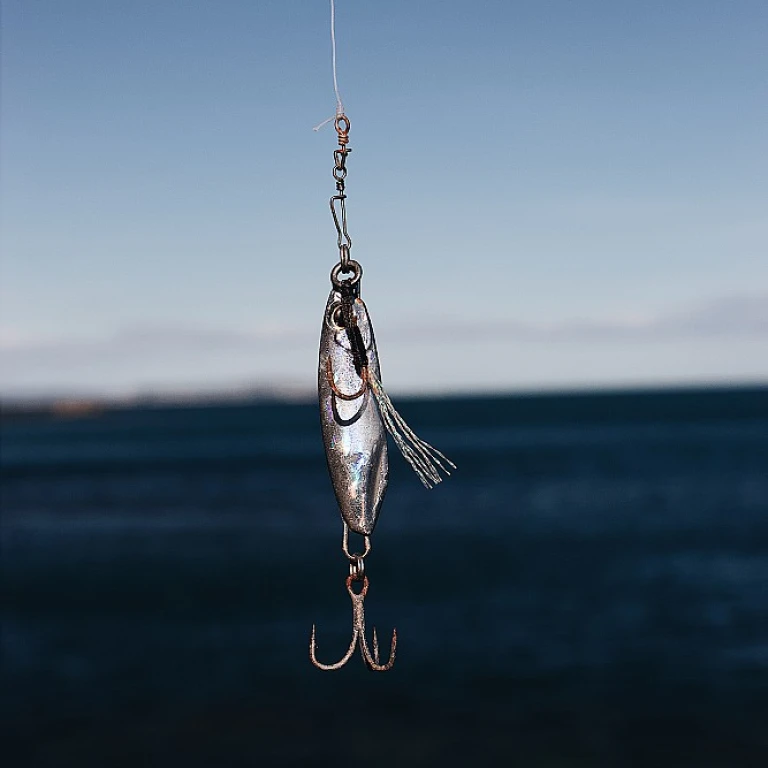
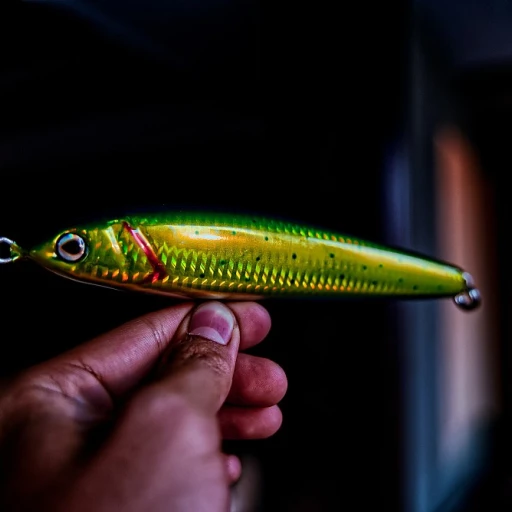
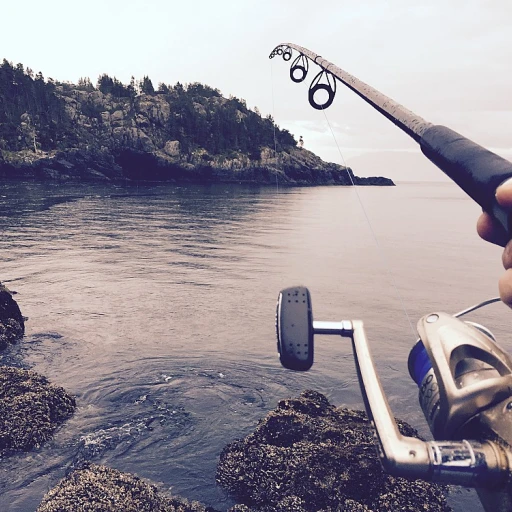
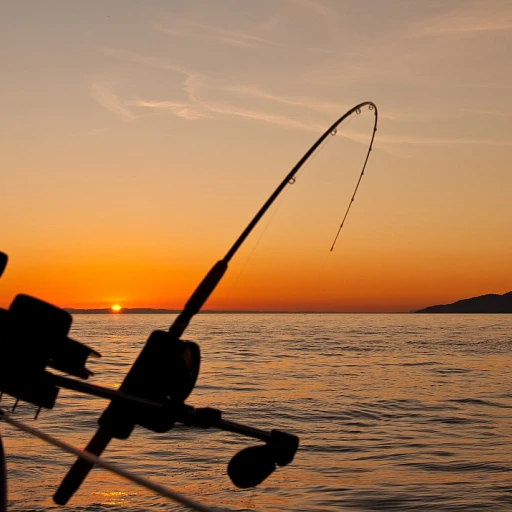
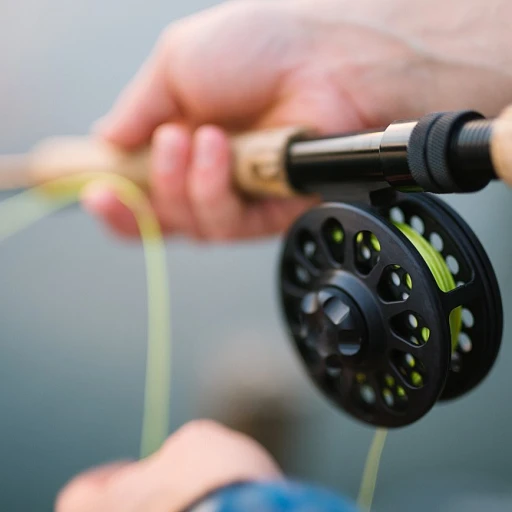
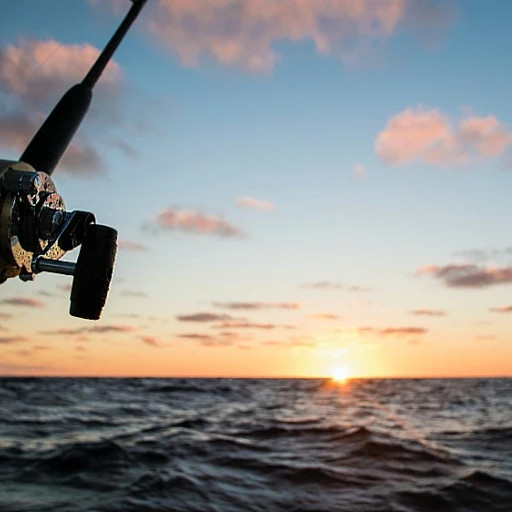
-large-teaser.webp)
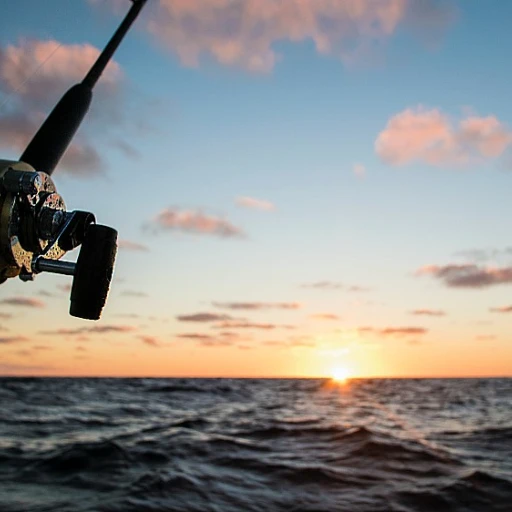
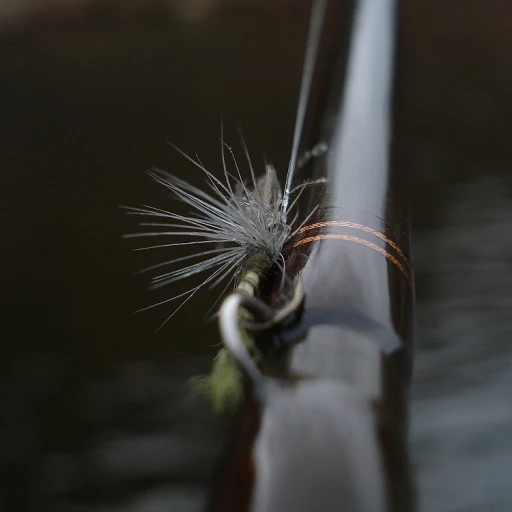
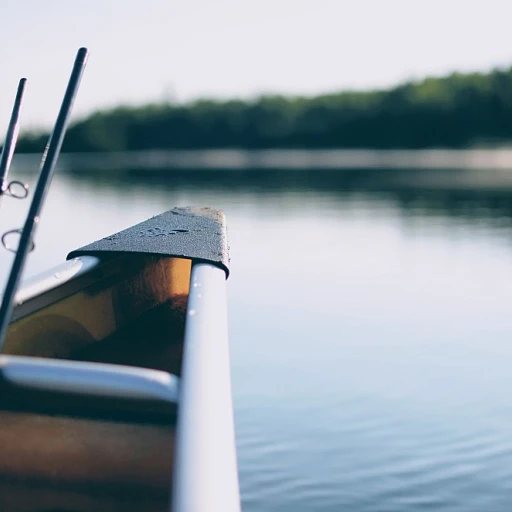
-large-teaser.webp)
